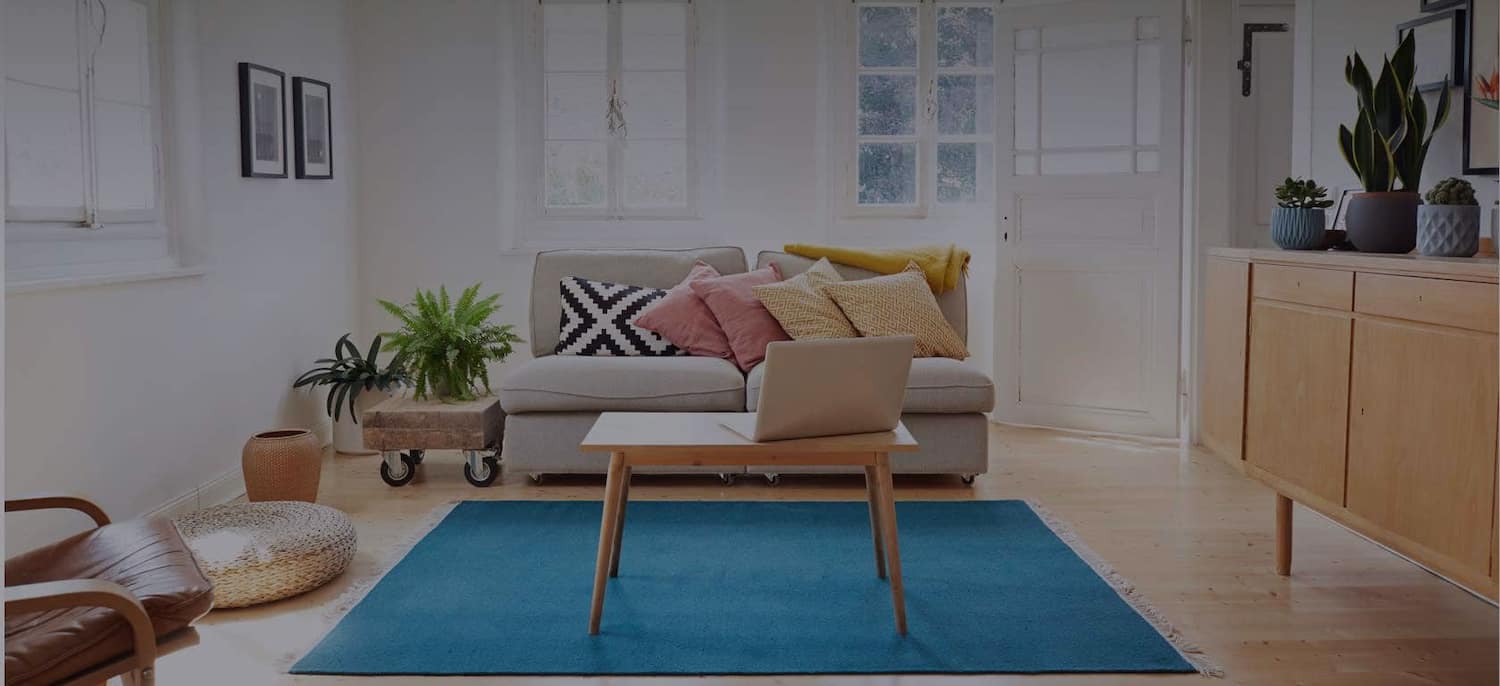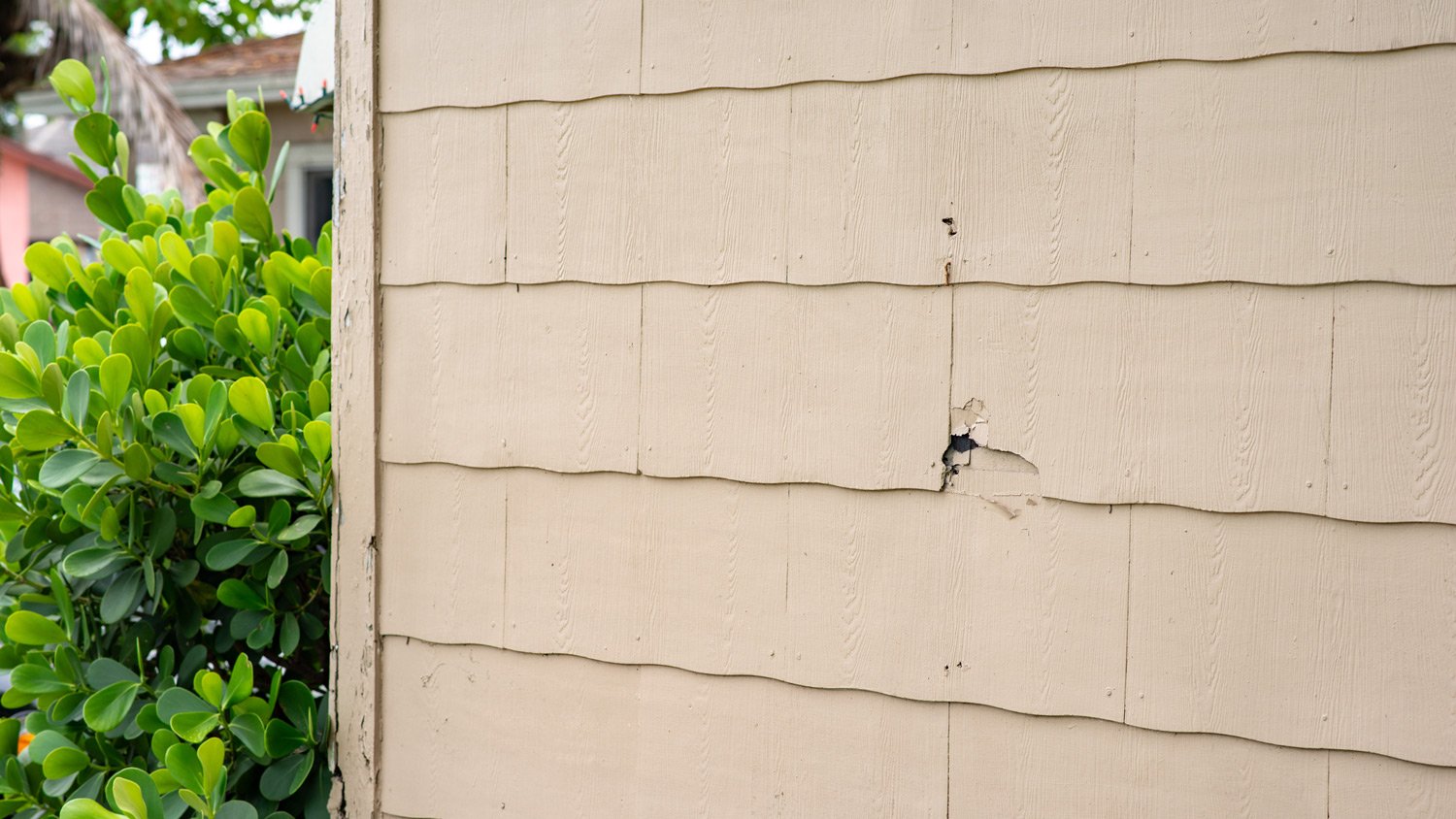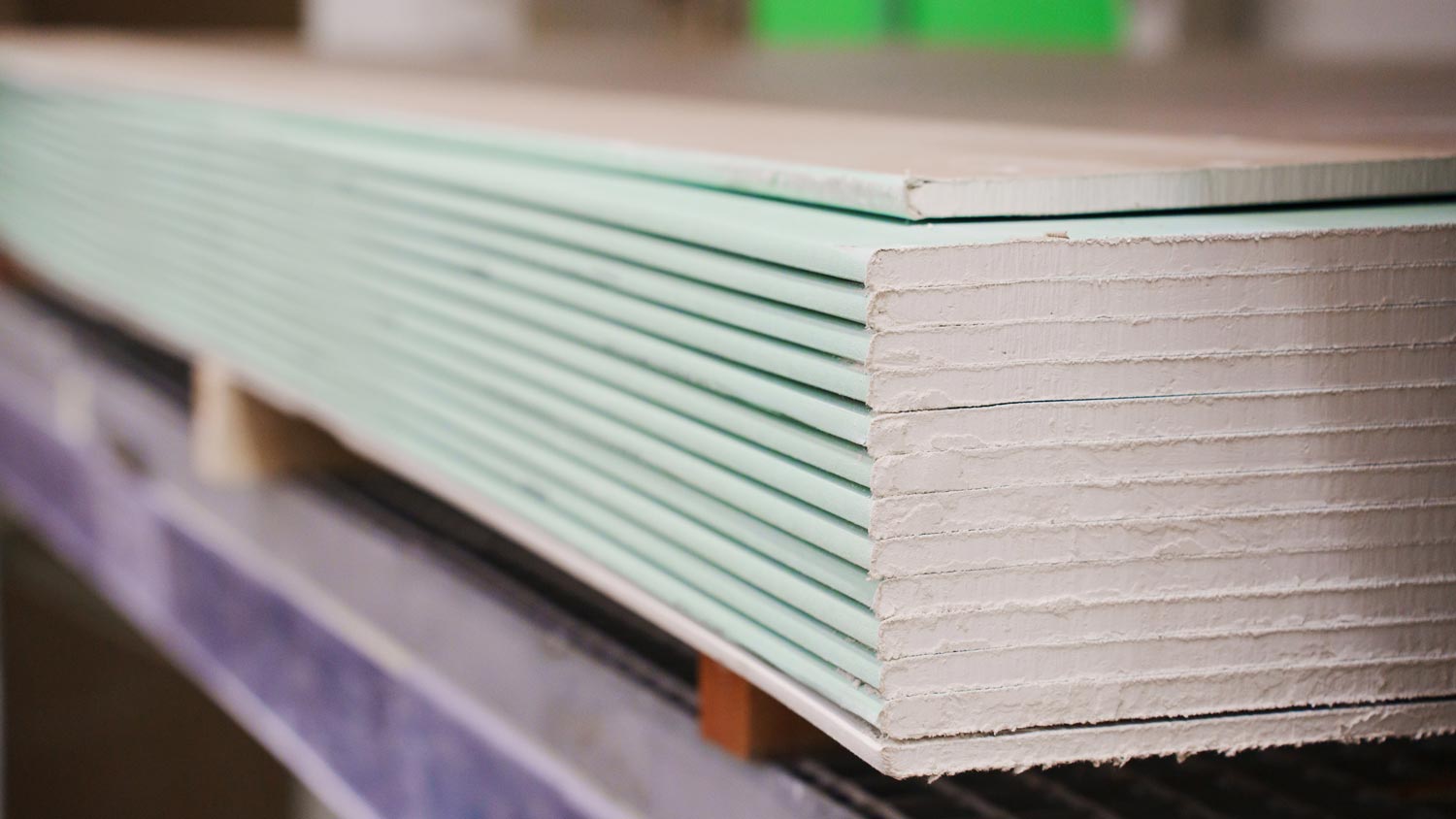
Get matched with top asbestos removal specialists in Blackwater, MO
There are 0 highly-rated local asbestos removal specialists.
Asbestos removal specialists in Blackwater
We are ALM ENVIRONMENTAL.We start are business in Feb 2008 .Our 14 yrs in experienced.We do asbestos,lead abatement,mold remediation,fire restoration and small demolition.(etc)Our goal is make sure our Customer are happy and satisfy means quality work.
We are ALM ENVIRONMENTAL.We start are business in Feb 2008 .Our 14 yrs in experienced.We do asbestos,lead abatement,mold remediation,fire restoration and small demolition.(etc)Our goal is make sure our Customer are happy and satisfy means quality work.
15 EMPLOYEES, SUBS USED FOR ABATEMENT. CHARGES BY THE JOB, NO TRAVEL CHARGES.
15 EMPLOYEES, SUBS USED FOR ABATEMENT. CHARGES BY THE JOB, NO TRAVEL CHARGES.
MY NAME IS ROBERT GREEN OWNER / OPERTOR OF BLUE RIDGE MTN. PROPERTY PERSERVATION SERVICES WE GO WEATERIZATIONS LOCK CHANGES EVICTIONS AND EVERYTHING TO MAKE YOUR PROPERTY SAFE
MY NAME IS ROBERT GREEN OWNER / OPERTOR OF BLUE RIDGE MTN. PROPERTY PERSERVATION SERVICES WE GO WEATERIZATIONS LOCK CHANGES EVICTIONS AND EVERYTHING TO MAKE YOUR PROPERTY SAFE
We are a full service Construction Company, We have been doing business in the St. Louis Area for over 100 years. We are small, but we like being small that way we can give a better service to our customers.
We are a full service Construction Company, We have been doing business in the St. Louis Area for over 100 years. We are small, but we like being small that way we can give a better service to our customers.
Fully insured and Fee estimates with in 50 miles of Hannibal
Fully insured and Fee estimates with in 50 miles of Hannibal
Asbestos removal services FAQs
The cost for asbestos removal is between $1,200 and $3,200 for average homeowners. This cost could be as little as $450 or as high as $6,000, depending on the affected area's size, the location of the asbestos, and the type of asbestos you're dealing with.
For example, removing asbestos from attic insulation averages $11 to $25 per square foot. However, removing asbestos from an HVAC unit is more expensive, at around $35 to $55 per square foot.
No, you should not remove asbestos from your home yourself. It is not worth risking your health, or the health of your family.
There are strict laws regarding the demolition, encapsulation, and removal of asbestos. Not only could you face potential violations, but you could be putting yourself and others at risk. If you don't have the proper asbestos removal gear, you could inhale the asbestos fibers, which could lead to lung cancer or mesothelioma.
Since DIY asbestos removal isn’t the best option to save money, there are other steps that you can take to help cut costs when dealing with this project. After speaking with your asbestos removal expert, discuss if encapsulation is an option. If it is, you can save between 15% to 25% on overall project costs over demolition and disposal. In addition, when speaking with your professional, discuss if there are any tax credits available for your removal project. Finally, check with your homeowner’s insurance to see if any removal costs might be covered. However, be aware that this is usually only applicable if the asbestos is due to a covered incident, like a tree falling into your roof.
It can be scary to need asbestos removal from your home—you might be concerned about your family’s health, the overall condition of your house, and what repairs might need to be done. You can ask your asbestos consultant some questions to ensure your project is completed as safely as possible. Some questions to ask include:
Do you have the proper credentials for removing and disposing of asbestos?
How long will this project take to complete?
Have you worked on a project like this before?
Do you use new protective gear at each job site?
How do you prevent asbestos fibers from being released into the home?
How big is the crew you will send?
How do you clean up after a project?
The most common sign of asbestos is the age of your home. Asbestos was banned in drywall in 1977, though many products still contained asbestos until the 1980s. Indicators of possible asbestos in your home include:
Your home's age, if built before 1980
You have a home with vinyl flooring or millboard that was installed between 1952 and 1982
Your home has corrugated roofing
Your home has walls made from cement sheets
Your home has vermiculite insulation













